Overcoming Challenges After Total Knee Replacement: A Guide to Recovery and Empowerment

In this article, we’ll explore some strategies to help you walk without a limp and manage swelling following a total knee replacement (TKR) surgery. We’ll also provide motivational quotes to keep you inspired and hopeful throughout your recovery journey.
Motivational Quotes for Perseverance and Strength
- “Success is not final, failure is not fatal: It is the courage to continue that counts.” – Winston Churchill
- “It does not matter how slowly you go as long as you do not stop.” – Confucius
- “Believe you can and you’re halfway there.” – Theodore Roosevelt
- “Strength does not come from physical capacity. It comes from an indomitable will.” – Mahatma Gandhi
- “It’s not about how hard you hit. It’s about how hard you can get hit and keep moving forward.” – Rocky Balboa (Sylvester Stallone, from the movie Rocky)
Importance of Patience in Recovery
Understanding the Healing Process
Healing after a TKR surgery takes time, and it’s essential to be patient with your body as it recovers. Remember that everyone’s journey is different, and your progress might not align with someone else’s timeline. Trust in your body’s ability to heal, and focus on making small, consistent improvements.
Setting Realistic Expectations
It’s crucial to set realistic expectations for your recovery. Understand that setbacks are a natural part of the healing process, and don’t be too hard on yourself when they happen. Keep a positive mindset and remind yourself that progress is measured in small steps, not leaps.
Strategies for Walking Without a Limp
Focus on Proper Gait Mechanics
Working with your physical therapist to improve your gait mechanics can help you walk without a limp. Concentrate on maintaining proper alignment, weight distribution, and muscle engagement while walking. Practice these techniques regularly to build strength and muscle memory.
Gradual Progression
Begin by walking short distances and gradually increase the length and duration of your walks as you gain strength and confidence. Take breaks as needed, and be patient with your progress. Remember, consistency is key.
Utilize Assistive Devices
Using a cane, walker, or other assistive devices can provide additional support as you regain your strength and balance. Consult with your physical therapist for personalized recommendations on the appropriate device for your needs.
Tips for Managing Swelling
Elevation and Compression
Elevating your affected leg and applying gentle compression with a compression stocking can help reduce swelling. Aim to elevate your leg above the level of your heart for 20-30 minutes, several times a day. Consult your healthcare team for guidance on using compression stockings.
Ice Therapy
Applying ice packs to the swollen area for 15-20 minutes several times a day can help alleviate inflammation and discomfort. Always wrap the ice pack in a towel or cloth to protect your skin.
Gentle Exercise and Movement
Engaging in gentle exercises and movements, as directed by your physical therapist, can improve circulation and help reduce swelling. These may include ankle pumps, heel slides, and leg raises.
Staying Positive and Motivated
Connect with a Support Group
Joining a support group, such as the Facebook group you’re a part of, can provide encouragement, motivation, and understanding from others who are going through a similar experience. Share your successes and challenges, and learn from the experiences of others to help you stay positive throughout your recovery.
Celebrate Small Victories
Acknowledge and celebrate even the smallest improvements in your recovery process. Each step forward, no matter how minor, is a testament to your perseverance and strength.
Focus on the Big Picture
Remember that your ultimate goal is long-term recovery and improved quality of life. While it’s essential to address your current challenges, also keep the big picture in mind to maintain perspective and motivation.
Conclusion:
Recovering from a total knee replacement can be a challenging journey, but with patience, perseverance, and the right strategies, you can overcome obstacles and achieve your goals. Remember to stay positive, utilize the support of your healthcare team and peers, and celebrate every victory along the way.
Keep moving forward, and you’ll find yourself walking without a limp and managing swelling more effectively in no time.
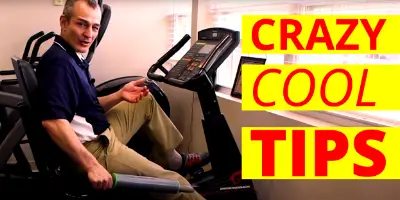
Is a recumbent bike good for knee replacement?
Riding a recumbent bike after a total knee replacement can be a great way to increase range of motion, increase cardiorespiratory fitness, and improve overall well being. In this video I explain some tips and tricks we use in the clinic to help clients maximize the benefit of riding this bike.
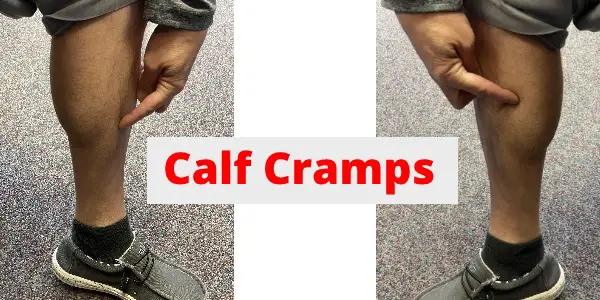
Calf Cramps How to STOP Calf Cramps
How to Stop Calf Cramps at Night When They are Happening One of the must frustrating times to get a calf cramp is in the middle of the night. You may be sound asleep when all of a sudden you experience this intense shooting pain which causes you to draw up in writhing...
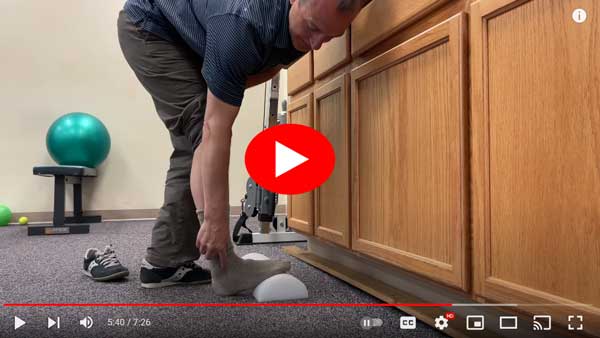
3 TIPS to STOP Ankle Pain After Knee Replacement Surgery
Ankle pain after total knee replacement surgery is very common. Osteoarthritis of the knee causes the knee to change shape over time. The knee replacement surgery will correct any malalignment of the knee, but it causes excessive stress on the ankle and hip. In this...
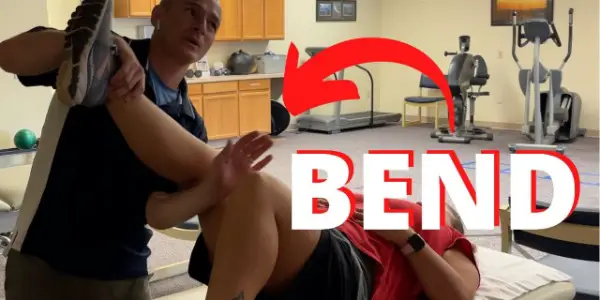
Is a Manipulation Under Anesthesia MUA Painful
No, during a manipulation under anesthresia after a total knee replacement you will be placed under sedation and the procedure is painless. During the following 24 to 48-hours you may feel some increased soreness and swelling, but very few patients actually reqort...
Recovery After MUA Manipulation Under Anesthesia [VIDEO]
Video SeriesAnthony Maritato, PT has been a licensed physical therapist and private practice owner since 2006. Ohio license #PT011602. Anthony has been passionate about helping patients recover from total knee replacement surgery as well as rotator cuff repair surgery.
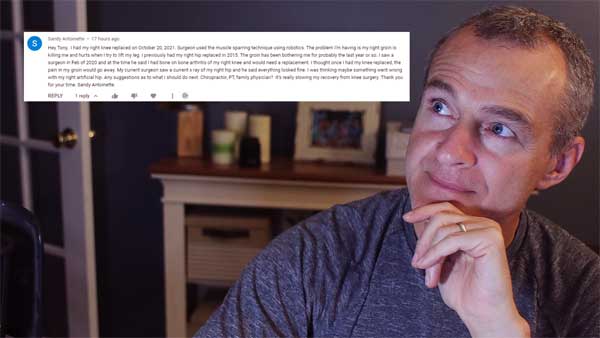
Hip and Groin Pain After Total Knee Replacement Surgery
I couldn't find peer-reviewed data to support an answer to this question, but as a physical therapist with 20 years of history in the clinic, I can tell you that anterior hip and groin pain after a total knee replacement is not uncommon. As of writing this article on...

How Painful Is A Total Knee Replacement
How long does the pain last after a knee replacement? * How bad is the pain after knee replacement surgery? * Why is a knee replacement so painful? * What helps pain after a total knee replacement?
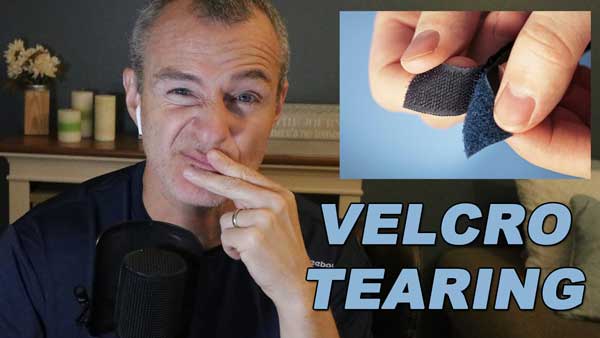
2 Reasons why your knee replacement sounds like Velcro tearing!
The two reasons why your total knee replacement sounds like Velcro tearing when standing up from a chair or walking downstairs are because the underside of your patella is rubbing against the bottom of your femur or you are experiencing the sensation of scar tissue...
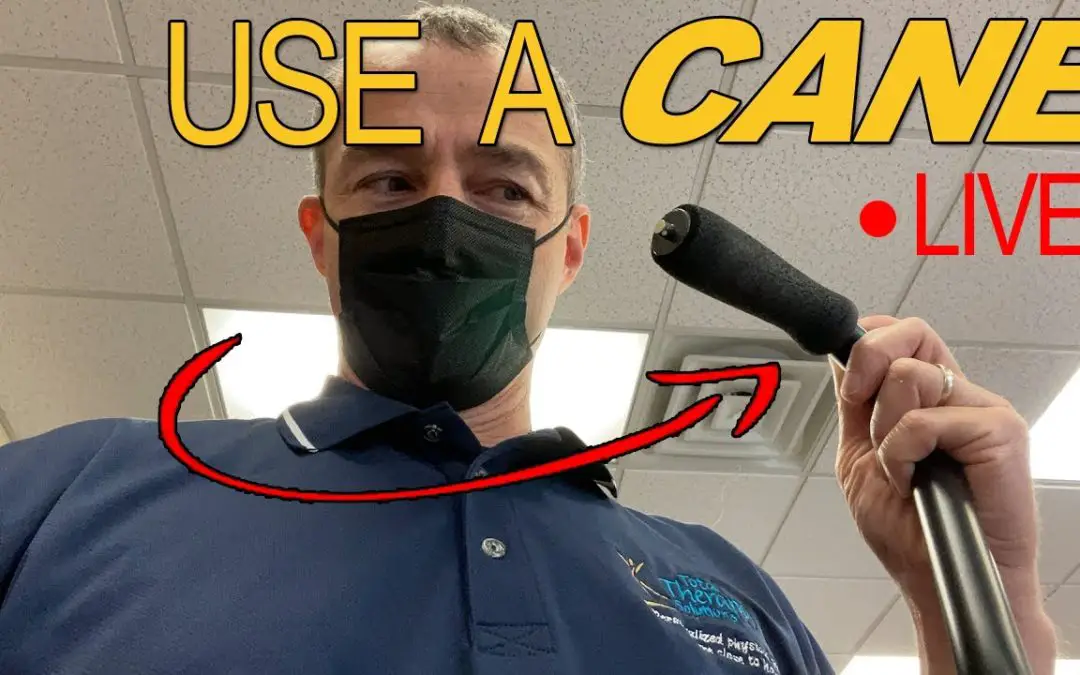
When can I switch from a walker to a cane?
Between 10 and 14 days after total knee replacement surgery, most patients have switched from a walker to a cane. Of course, some patients never use a cane and just progress from the walker to no assistive device after a couple of days, while other patients depend on...
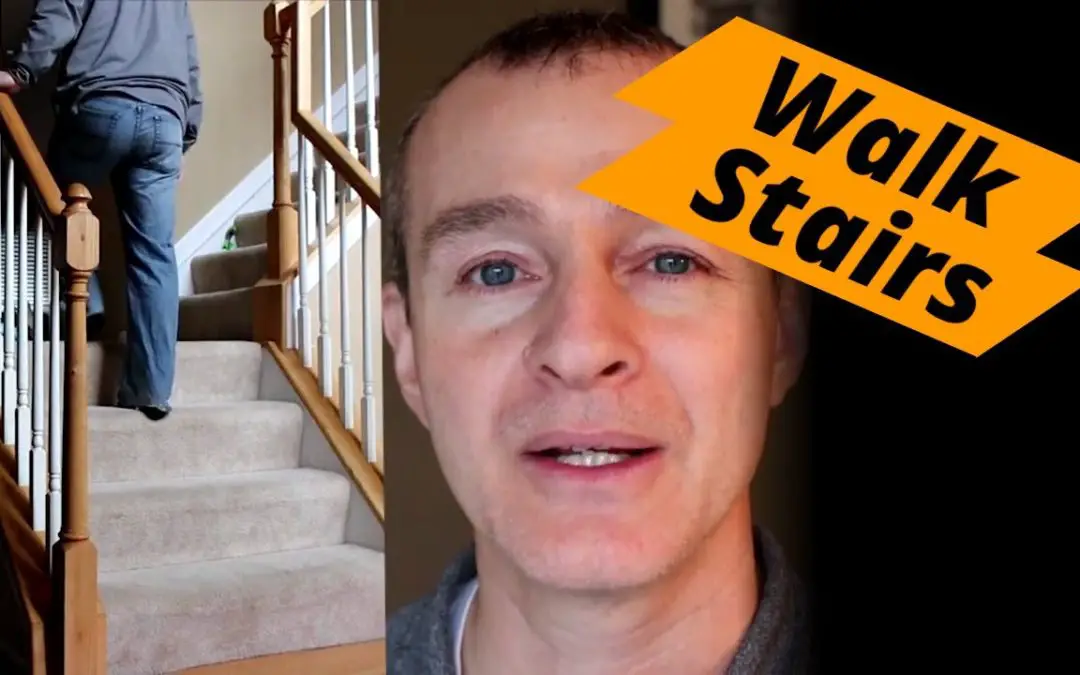
When can I walk upstairs normally after TKR?
Article Updated: 09/02/2023Walking Upstairs Post-Op Throughout my extensive career as a physical therapist specializing in total knee replacements, I've observed a consistent pattern: the 10-week post-operative mark often serves as a significant milestone for...
